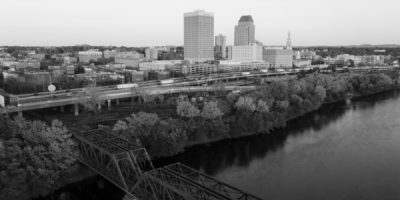- Article
- • October 16, 2018
It’s Not Easy Being Green (Yet), But Have You Considered a Green Burial? – Fall 2018
Green burials are burials that do not involve embalming, use of a vault to encase a casket, or cremation. Until the Civil War, most burials in America were “green burials.” Jewish and Muslim customs in the U.S. have always been “green,” in that the deceased is buried quickly, without embalming, in a wood coffin, and dressed in clothing or a shroud made of natural fabrics.
Embalming as a widespread practice was first used to return the bodies of fallen Union and Confederate soldiers to their families for local burial. A new profession, that of undertakers, later morticians, and now funeral directors, came into being to help with funeral and burial arrangements. Over time, embalming became standard practice in many quarters, as did the use more elaborate caskets and vaults encasing coffins to better preserve bodies.
The resources involved in burial arrangements are enormous. According to a 2011 article in Forbes magazine, U.S. cemeteries use 30 million board feet of hardwood, 3,373,000 pounds of reinforced concrete, 180,544,000 pounds of steel and 5,400,000 pounds of copper and bronze every year. Moreover, U.S. funeral directors utilize about 5.3 million gallons of embalming fluid every year according to Wikipedia.
There is growing interest in green burials that is often piqued because of the environmental cost or financial cost of standard burial practices. Green burial is allowed under Massachusetts state law, and cemeteries may develop their own rules. In Massachusetts, 16 city and town cemeteries currently permit green burials, but as yet there is no public cemetery dedicated solely to them. Private cemeteries may permit green burials, and cemeteries for those who are Jewish or Muslim commonly allow them. Green burial is permitted on private property, but the deed must then reflect in perpetuity that a burial has taken place on the property.

